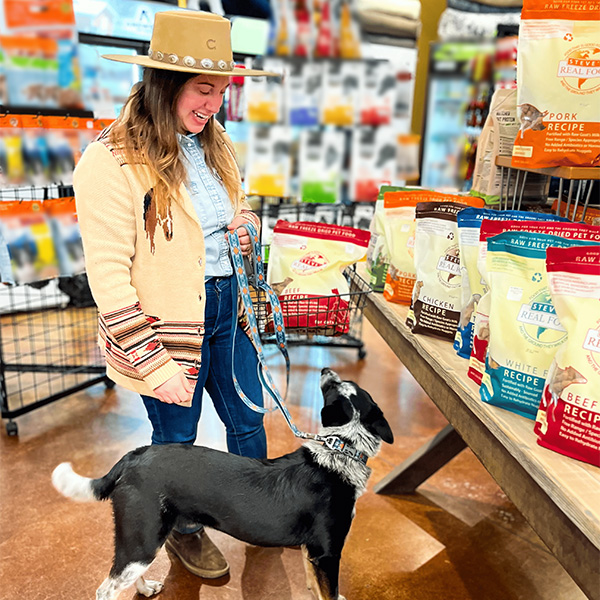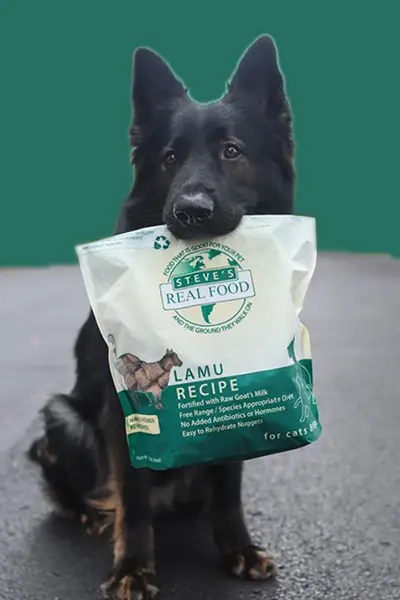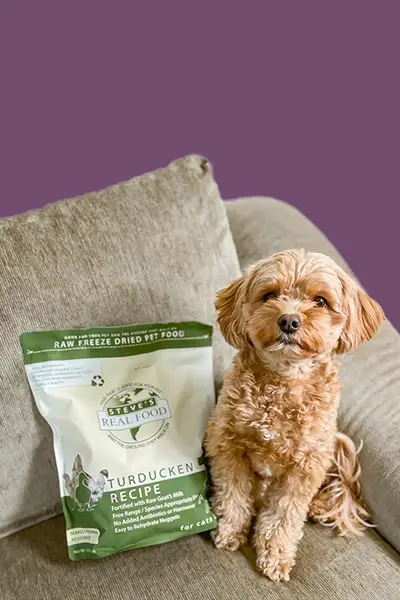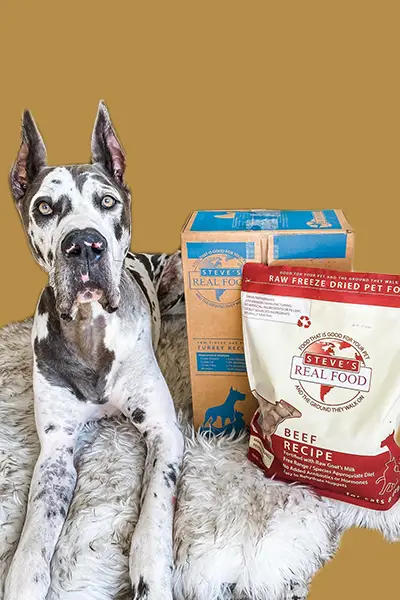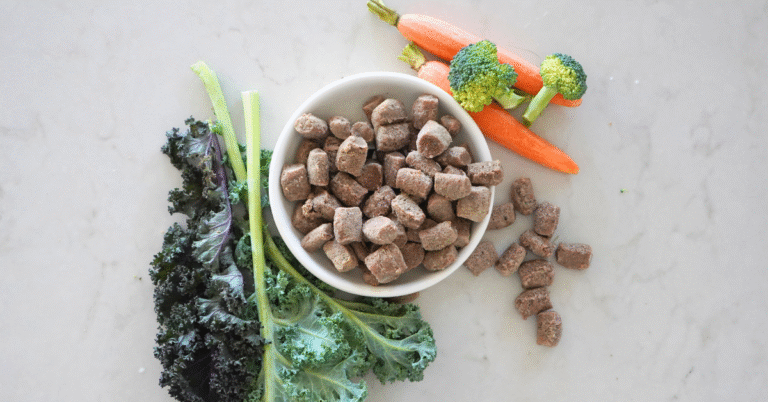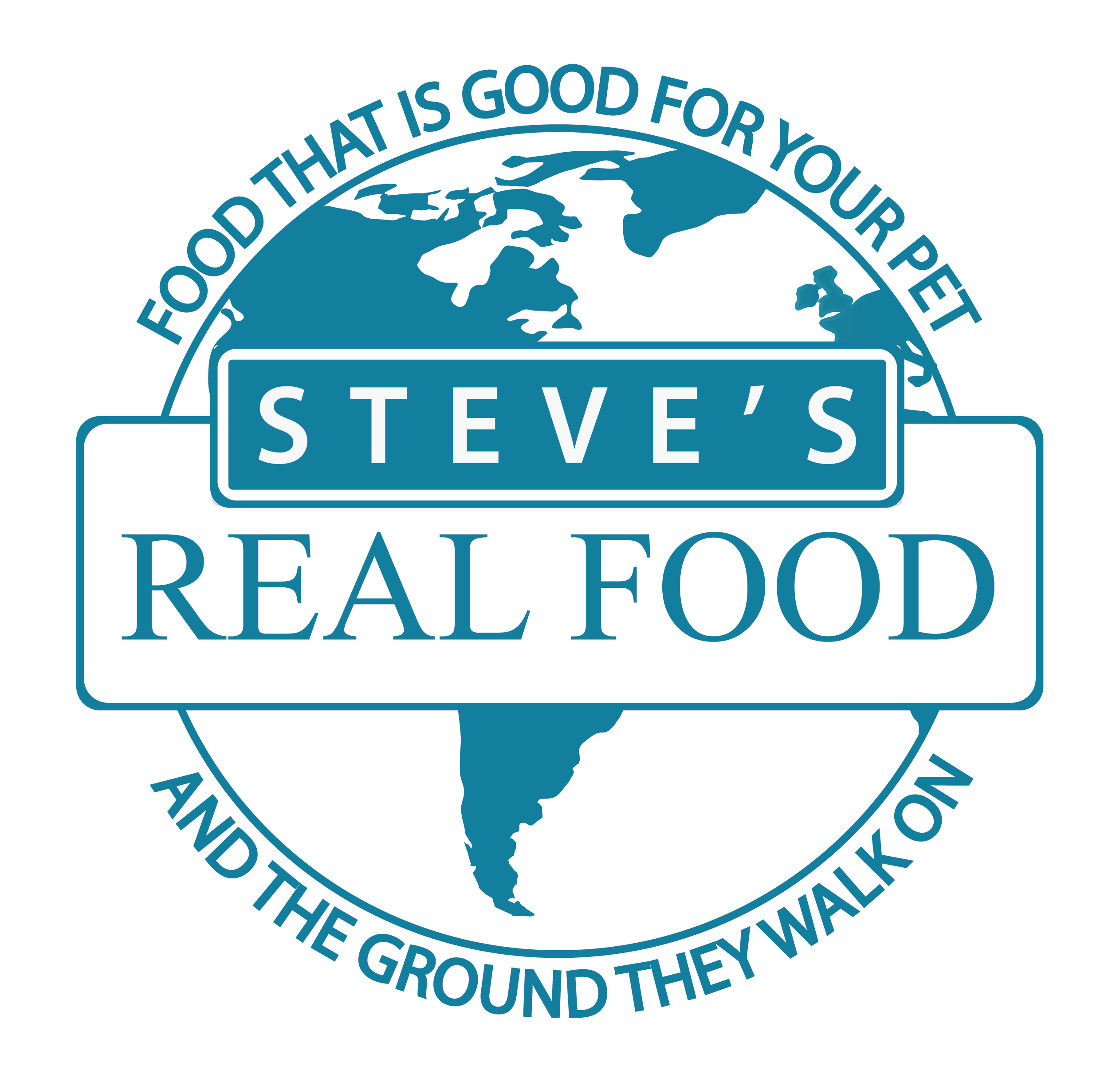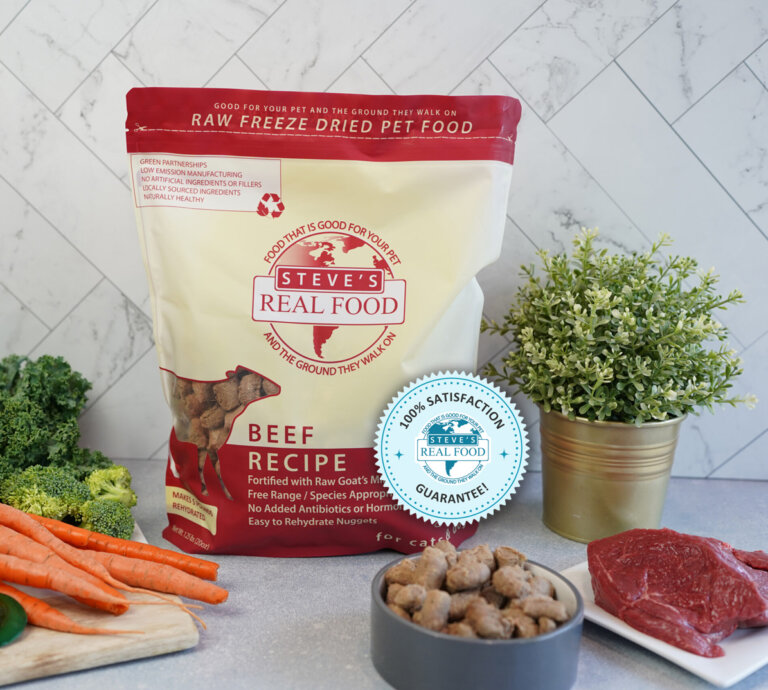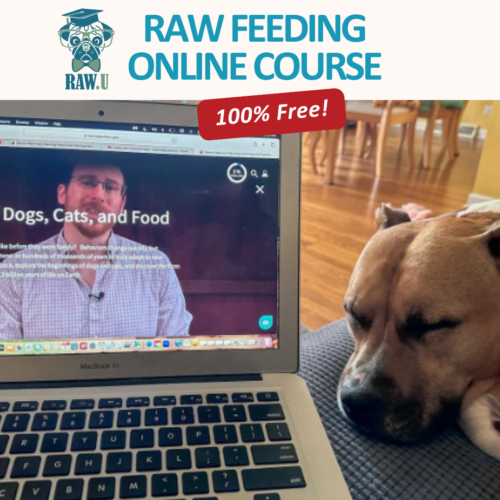We all know that people need real, whole, minimally processed foods in order to thrive. So do dogs and cats. I’m sure no one here would want their children to live exclusively on a diet of only processed foods, like Special K¬ or Total¬ cereals. Why would you want your dogs or cats to eat only highly processed foods? Dogs and cats, like people, to be at their best, need a variety of whole minimally processed foods: meats, vegetables and fruits containing natural enzymes, phytochemicals and flavonoids.
In this talk, we will show why dogs and cats thrive on properly prepared raw meat-based diets, and why processed foods can never match the nutrition of a properly prepared raw meat diet. We will review the superb safety record of properly prepared raw meat diets; a record that probably every grain-based manufacturer would envy.
And then, looking specifically at the trend-setting Northwest, we’ll look at who is feeding raw meat- based diets, what they are feeding and how. Along the way, we’ll correct common misconceptions about raw meat-based diets. We will then conclude with a look at the future of the raw meat-based diets, and what effect these diets will have on the traditional industry.
First, what do we mean by properly prepared raw meat diets?
Properly prepared raw meat diets are “complete and balanced” foods or feeding programs. There are, generally speaking, four different types of properly prepared raw meat-based diets:*
- Feeding programs from Wendy Volhard, Kymythy Schultze (The Ultimate Diet) and Billinghurst, who popularized Bones and Raw Food (BARF);
- Whole grain and herb mixes for raw meat like Sojourner Farms; and
- Well thought out homemade recipes, from Dr. Richard Pitcairn and others.
We are not talking about what may be fed to greyhounds to enhance their racing performance. We’re talking about diets fed to dogs to enhance their overall life span and health. Some of these diets have been fed to many generations of dogs.
These diets are often based on the natural diet — the healthy, well-fed prey of dogs. Think of the dog taking a mouse or rabbit, and what the dog eats. The dog would eat raw meat, crushed bone, and the prey’s digestive system, which would be full of finely crushed vegetables and fruits, and food and digestive enzymes.
Why raw meat based diets are highly nutritious.
Let’s first look at the ingredients of two of the leading brands in the West.
Love Your Pets: Organic ground turkey with bone and fat, oats, barley, carrot, zucchini, high oleic safflower oil, flax meal, alfalfa leaf, kelp, nettle, lecithin, garlic
Steve’s™ Real Food™ for Dogs, Chicken variety: Ground chicken (includes backs), broccoli, romaine lettuce, carrots, cantaloupe, chicken livers, chicken hearts, flaxseed, rice bran, anchovies and sardine oil, dried kelp, extract of chicory, sea salt, zinc, iron and copper proteinates.
Sounds delicious and wholesome, don’t they? And nobody can dispute the nutritional content of these human-quality foods. We’d all probably wish we, and our children, ate so well. Since the products are raw, produced in refrigerated rooms and flash frozen, the nutrients remain intact. These foods, and the above mentioned feeding programs, naturally have all the amino acids, fatty acids, vitamins, minerals, enzymes and phytochemicals upon which the dog evolved.
We see the results. When we switch dogs from processed grain-based foods to properly prepared raw meat-based diets, the improvement in the dog is usually profound; everything from brighter eyes to bushier tails. Skin problems clear up. Energy levels improve. Teeth are whiter, breath is better. Arthritis often goes away in weeks. Long term multigenerational feeding programs by Volhard, Schultze, McKay, and others show that results are just as profound in the long term. The dogs live longer, healthier, happier lives.
Heat, the enemy of nutrition, and why processed foods can never match the nutrition in properly prepared raw meat-based diets.
Most kibbles are produced at temperatures above 300 degrees F under 600 or more pounds of pressure per square inch. I don’t think anyone can dispute the fact that this is a harsh environment for many nutrients. Heat destroys all the enzymes, some of the known antioxidants, and perhaps many of the known and unknown phytochemicals and flavonoids. High heat may alter the bioavailability of some of the minerals and perhaps even alter the chemical structure of the amino acids. The pet food industry, through AAFCO, has done an excellent job of compensating for the known lost vitamins and the decrease in bioavailability of minerals with increasingly more rigorous standards, especially when compared to NRC standards of just 20 years ago. Indeed, I predict that 20 years from now the AAFCO nutrient profiles will list micronutrients that we’ve yet to discover. These micronutrients are, of course, already in BARF, the Ultimate Diet, and Steve’s Real Food for Dogs.
Let’s take a closer look at some of the nutrients that are in the properly prepared raw meat-based diets that are not in processed grain-based foods.
Enzymes and Phytochemicals
Natural, whole intact raw foods contain numerous substances — including enzymes and phytochemicals — that modern science is discovering are important for proper nutrition in humans and laboratory animals. We think this holds true for dogs and cats as well.
Enzymes are specialized protein substances that are involved in all the dog’s activities. Even thinking requires enzymes. Enzymes are found abundantly in fresh, minimally processed natural foods. When the dog ate its natural prey the dog got lots of food and digestive enzymes.
Enzymes are deactivated or destroyed at temperatures above 118 to 170 degrees F; therefore there are no enzymes in processed dog foods. This forces the dog’s digestive enzymes to do all the work, and perhaps puts a strain on the dog’s ability to manufacture necessary metabolic enzymes.
Perhaps one of the reasons we see such immediate improvements with older dogs when converting them from processed grain-based foods to quality raw meat-based diets are the enzymes in the raw foods. With aging the dog’s secretion of enzymes is gradually reduced and the benefits of eating natural foods with enzymes increases.
A little over a century ago Vitamin C was first discovered. In 1958, free radicals were discovered. Today, when we think of disease-fighting nutrients, we don’t just worry about A or E or C. We study the phytochemicals and flavonoids in plants and herbs. Phytochemicals are naturally occurring compounds in vegetables and fruits that are getting increasing attention from researchers looking into the connection between diet and disease. Some phytochemicals function as antioxidants. Epidemiological evidence from more than 200 studies link consumption of foods rich in phytochemicals with decreased risks for certain diseases ranging from some cancers to aging to some forms of dysphasia. For instance, the sulforaphanes found in broccoli have been shown to help prevent certain types of cancers.
Fruits and vegetables have hundreds of antioxidant compounds. Some, like vitamin C, are destroyed by heat. There is a growing consensus among researchers that a variety of whole foods — not supplements — should be the source for antioxidants. Many of the antioxidants identified as having a health-protective effect represent a group of compounds found in the intact food, which in concert provide the health-protective effects. The selected antioxidant alone will not yield the entire health benefit. “Vitamin research has only scratched the surface in understanding subclinical deficiency states, bioavailability, and nutrient-nutrient interaction.”(The Nutrition Desk Reference, Garrison and Somer, 1995.) One needs to eat the natural, intact vegetable or fruit, with the full complement of natural phytochemicals, to yield the entire health benefit. Raw forms of vegetables and fruits are the most consistently associated with lower risk of cancer. (Steinmetz and Potter, “Vegetables, fruits, and cancer.” 1991).
In sum, people, laboratory animals, dogs, and cats need some whole, intact foods in order to be at their best. One cannot replace or add all the enzymes, antioxidants, and phytochemicals that are destroyed or altered in processing.
Are raw meat based-diets safe?
I’ve talked to all the leading companies that sell raw meat-based diets. Together, they have fed hundreds of thousands of dogs for many decades without a single documented bacterial problem. In the Northwest, where a lot of people feed raw meat diets, I’ve talked to all the retailers that sell raw meat diets, know all the distributors, I’ve done seminars in the stores, exhibited at veterinarian conferences, and met many thousands of consumers. If there were a problem, I would know. I’ve heard of no documented cases of bacterial problems from eating raw meat-based diets. None.
This is a safety record that the processed grain-based food companies would envy. We’ve had no vomitoxin and aflatoxin problems. No recalls.
Why properly prepared raw meat-based diets are safe.
Dogs have short acidic digestive systems, especially when compared to humans. Think of your dog burying a bone, and digging it up weeks later. Dogs can eat things that would kill humans.
Now that we’ve seen that properly prepared raw meat diets are highly nutritious and very safe, let’s look at the trend-setting Northwest, and see who is feeding raw meat foods, what they are feeding and how.
The Northwest
Marketing people know that many trends start in the West, specifically the Northwest.
Who is feeding raw meat-based diets.
People who feed raw meat-based diets include breeders, boarding kennels, veterinarians, and individual dog owners who fall into the “dog as important family member” category. I’ve met raw meat eaters of all breeds, large and small. Feeding raw meat-based diets is somewhat income-related as raw meat-based diets are certainly more expensive than supermarket grain-based foods.
Many vegetarians and natural food store shoppers feed raw meat-based diets. This fits their overall food philosophy. These people believe in the benefits of whole foods, the value of enzymes and phytochemicals, and other known and unknown nutrients. They know that raw meat diets provide nutrients that processed grain-based foods do not. These are part of their core beliefs. Attacking their core beliefs converts proponents into activists.
A second group of raw meat-based diets feeders consist of people who may eat junk food themselves, probably because we lack dietary self-discipline, but feed their dogs only the best. Often these people learned about raw meat based-diets because their dog has or had a health / skin / coat problem and a friend told them about raw meat-based diets solving that problem.
What people are feeding.
Raw meat-based diet feeders feed much more than BARF, (Bones and Raw Food popularized by Dr. Ian Billinghurst.) Some do not even feed bones. Generally, we find four different types of feeding systems, which often overlap.
- Complete feeding systems, like BARF:
- Commercially made complete and balanced foods, like Steve’s Real Food;
- Excellent homemade recipes, sometimes in conjunction with a whole grain and herb like Sojourner Farms Pet Products; and
- Poor homemade recipes.
Chicken, turkey, beef, lamb, venison are the most popular protein sources. Raw fish diets are very rare. Some of the feeding programs and commercial diets contain grains, and some do not.
Juliet de Barclay introduced complete feeding programs in 1955. Wendy Volhard and Kymythy Schultze have been developing their programs for over 20 years and many canine generations. These programs include lots of variety, every meal different. Some days the dogs fast. In my opinion, when done right, these feeding programs are the most nutritious ways to feed dogs. They do take time and thought, though.
Commercially made complete and balanced for all life stages raw meat-based diets are becoming increasingly popular in the Northwest. To correct a misconception, in Pet Food Industry May 1999 and other magazines, a writer for a large dog food company posed the question: “what to feed: raw or prepared?” This is misleading. Many raw meat based-diets are prepared and have been for many decades. Perhaps the author was afraid of how people would answer the real question, “what to feed, raw or processed?”
Some people feed homemade diets using recipes from Dr. Pitcairn (The Natural Health of Dogs & Cats) or other complete and balanced recipes.
There are people who feed raw meat improperly, those using homemade recipes without the science, or those who daily add several cups of raw hamburgers to their dog’s kibble. Calcium is usually the problem. One leading Northwestern trainer and breeder said to me “The worst looking dogs I see are on bad raw meat diets; the best looking dogs I see are on properly prepared raw meat diets.”
How they feed
There is a misconception about how much effort it takes to feed raw meat diets. The headline “Raw food diets are difficult” is misleading. With some of the commercially available raw meat diets, they are almost as easy to feed as kibble. Just defrost and feed. For those that want to make their own food, there is more effort, but it is not difficult. It is an effort of love and care.
Many people mix raw meat-based foods with grain-based foods, usually to reduce overall cost. I’ve seen people mix with mass-market dog food, but most mix with top of the line processed grain-based (Innova, Precise, Wysong, Solid Gold). An increasing number mix with whole grains and herb mix like Sojourner Farm.
So this is a glance at what is happening in the trend-setting Northwest. Now let’s project out a few years, and look at the future of the raw pet food industry and what it means to the traditional industry.
 Beef
Beef Chicken
Chicken Whitefish
Whitefish Pork
Pork Lamb
Lamb Turkey
Turkey Turducken
Turducken All Protein
All Protein Beef
Beef Chicken
Chicken Whitefish
Whitefish Pork
Pork Lamb
Lamb Turkey
Turkey Duck
Duck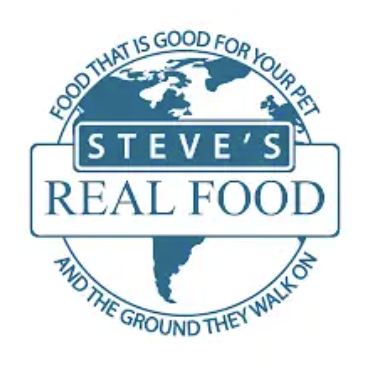 All Products
All Products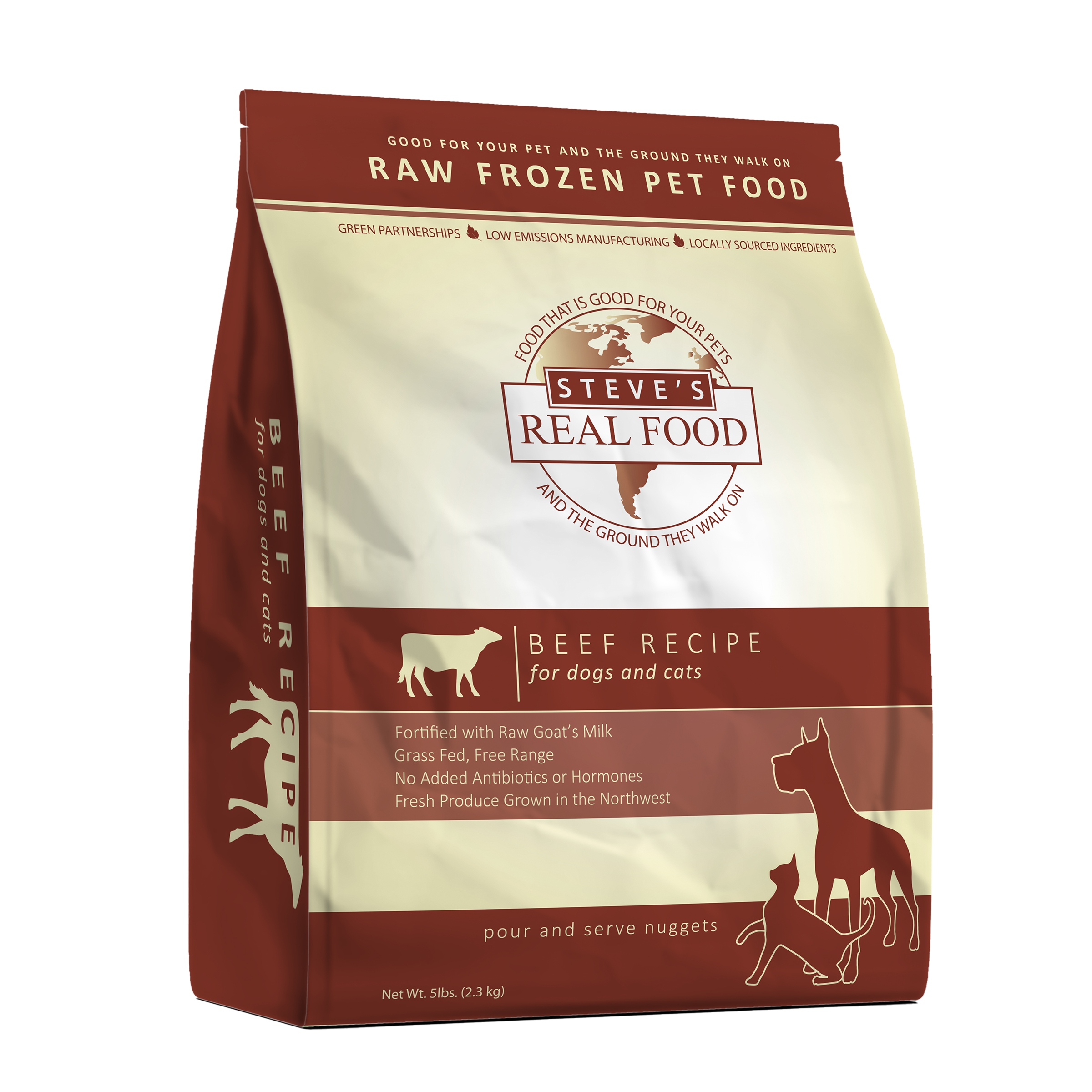 Frozen Raw Pet Food
Frozen Raw Pet Food
 Freeze Dried Raw Pet Food
Freeze Dried Raw Pet Food
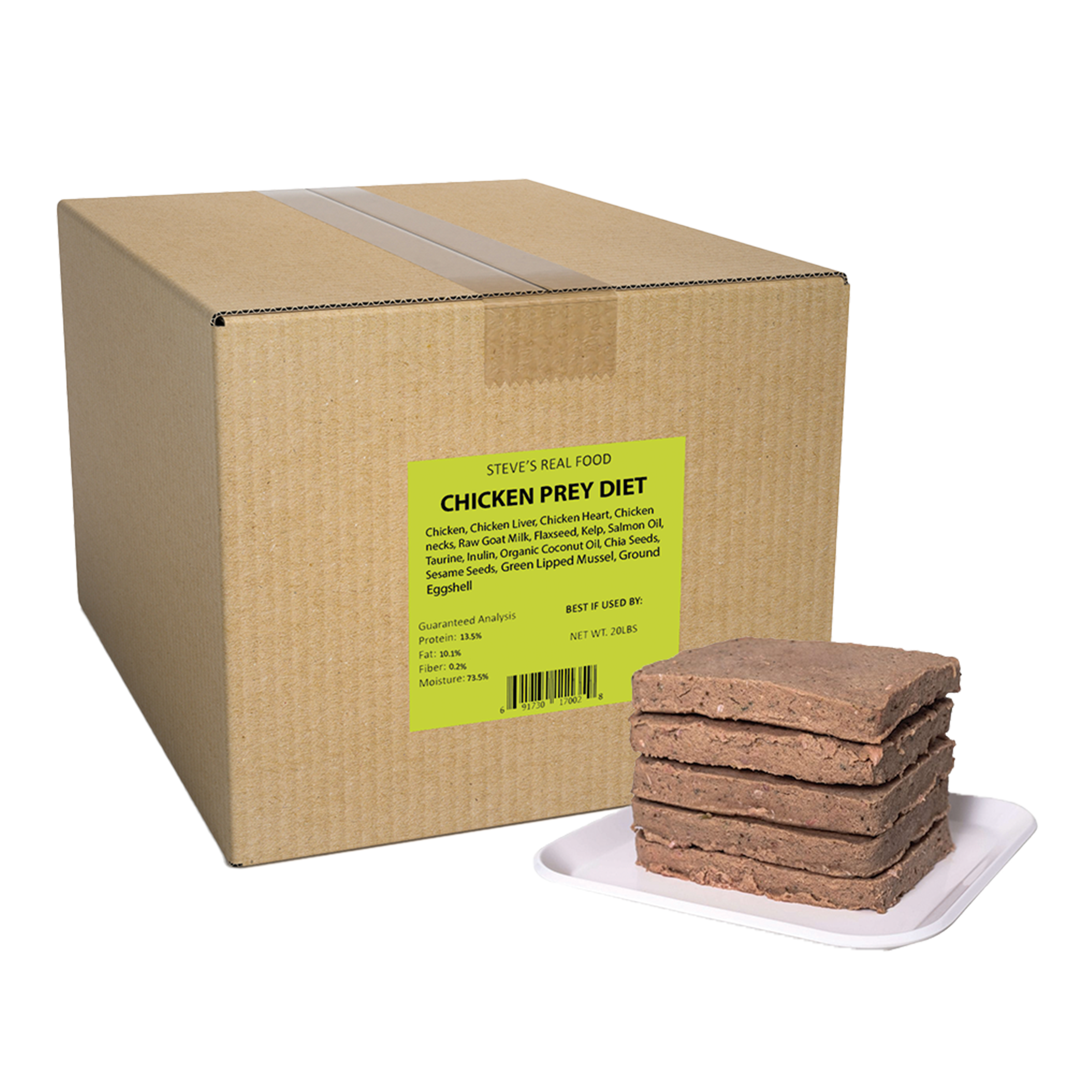 Frozen Prey Diet
Frozen Prey Diet
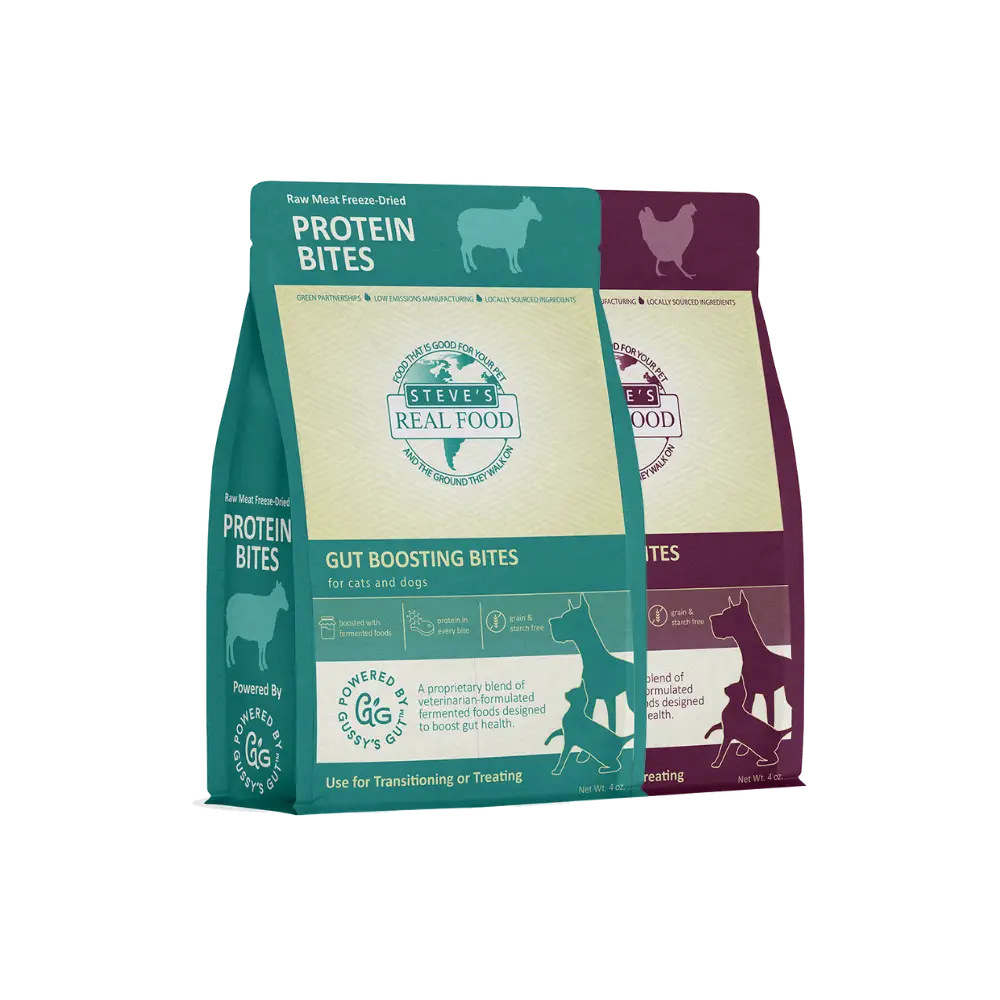 Freeze Dried Protein Bites
Freeze Dried Protein Bites
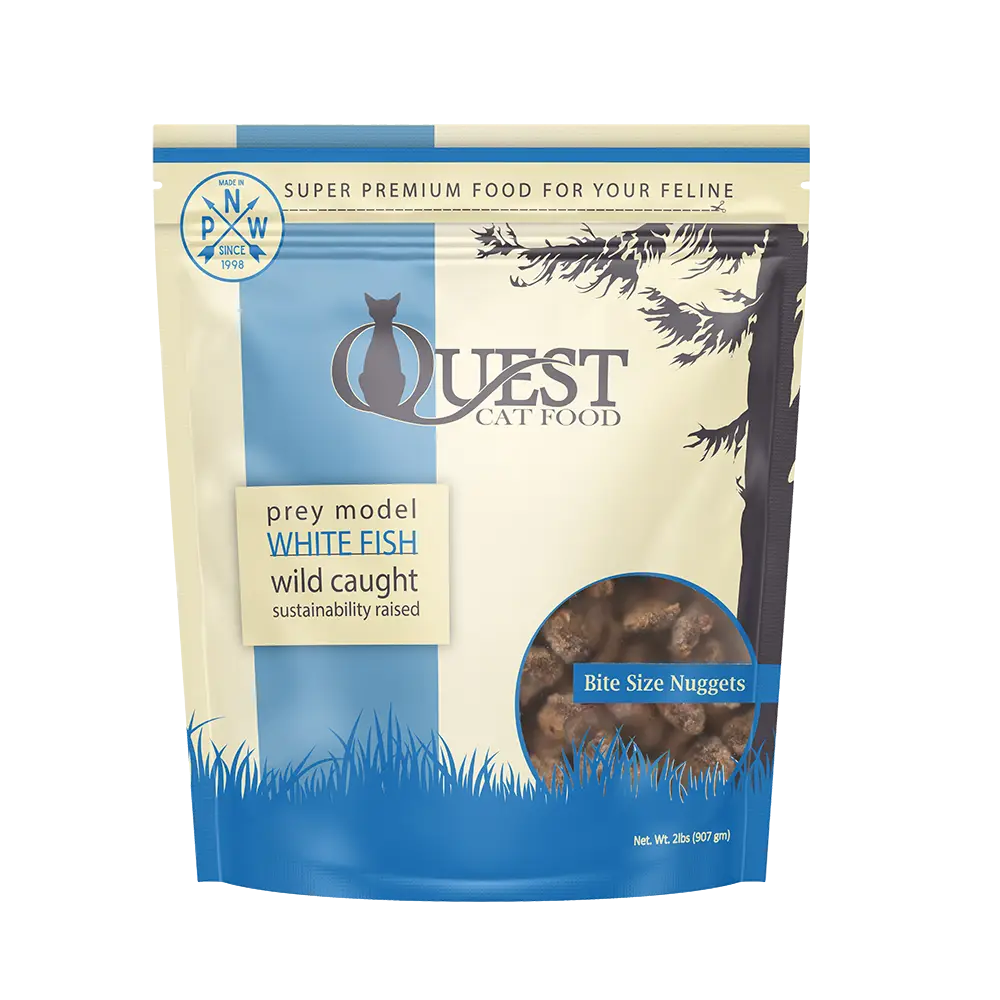 Frozen Quest
Frozen Quest
 Freeze Dried Quest
Freeze Dried Quest
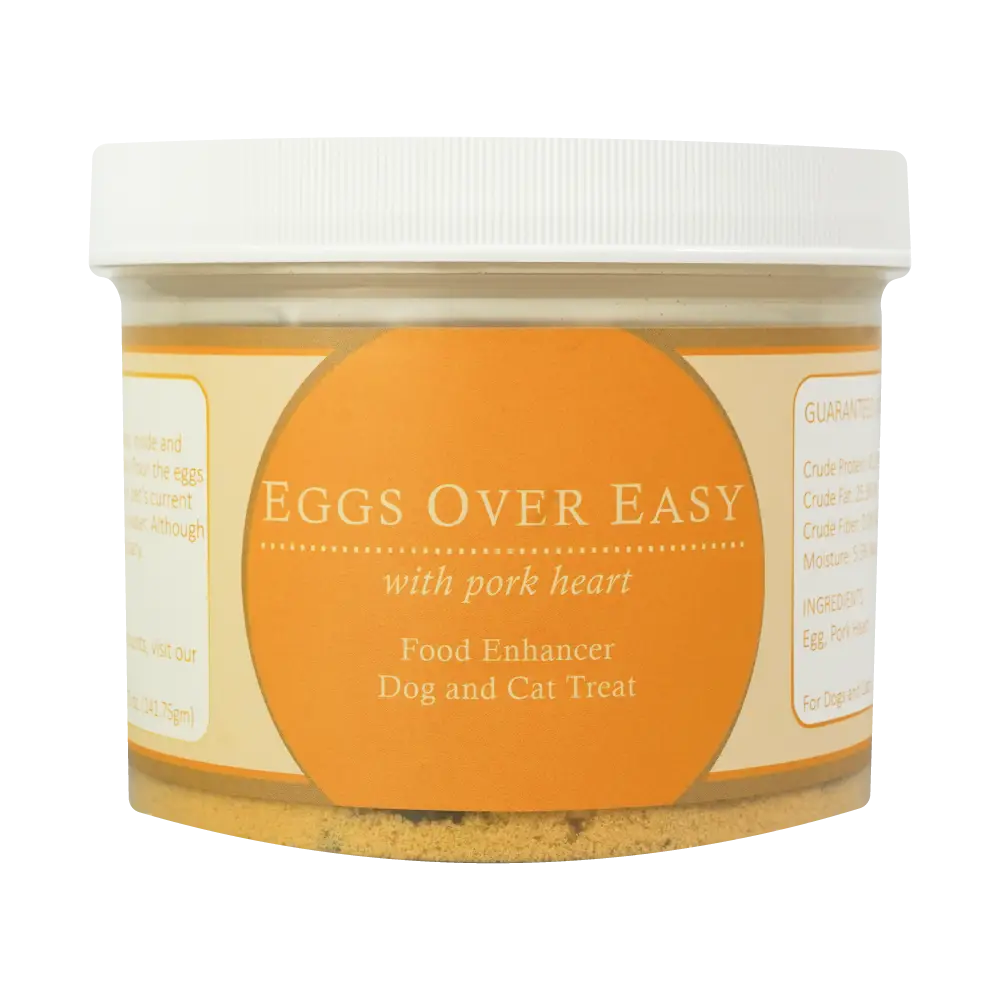 Eggs over Easy
Eggs over Easy
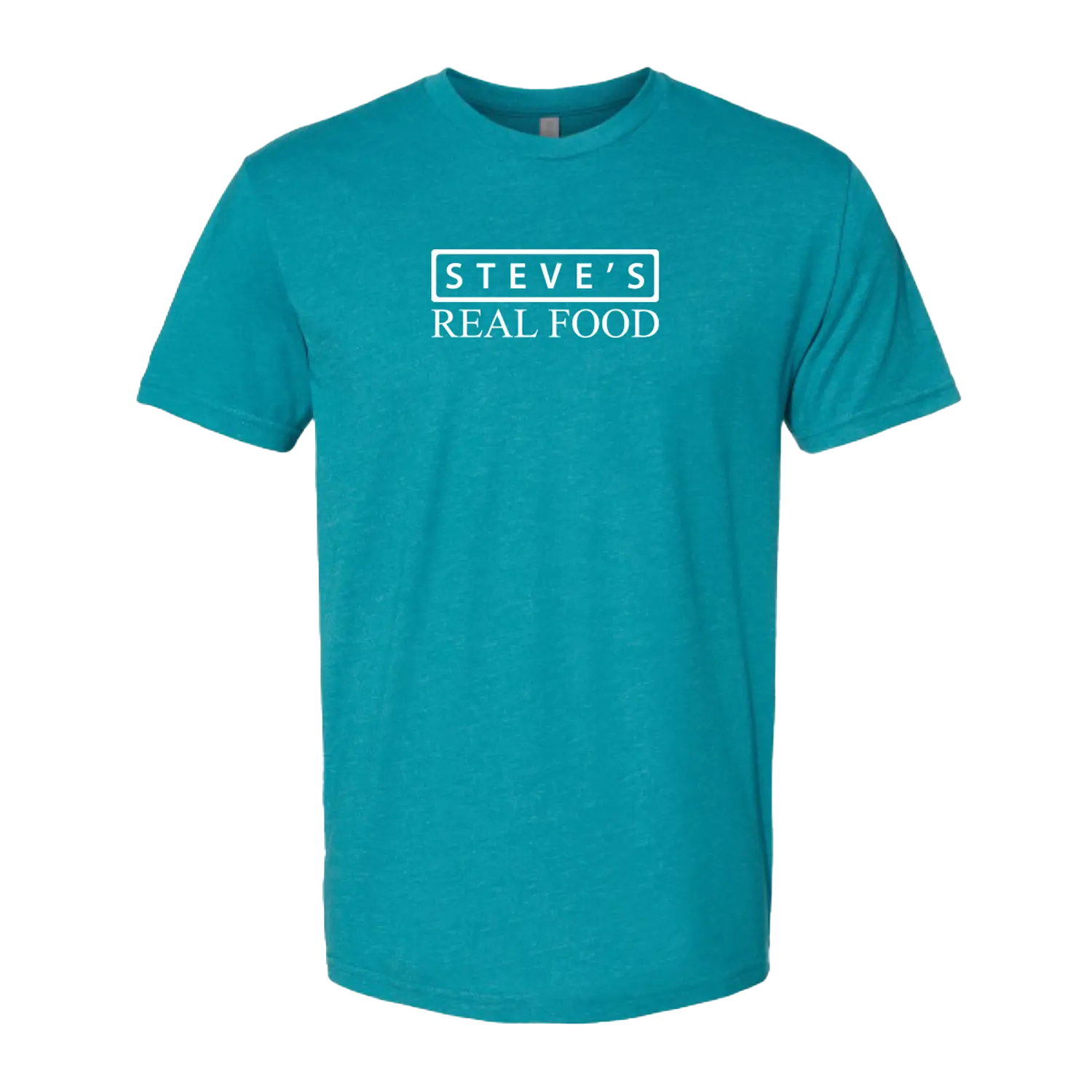 Steve's Merch
Steve's Merch 